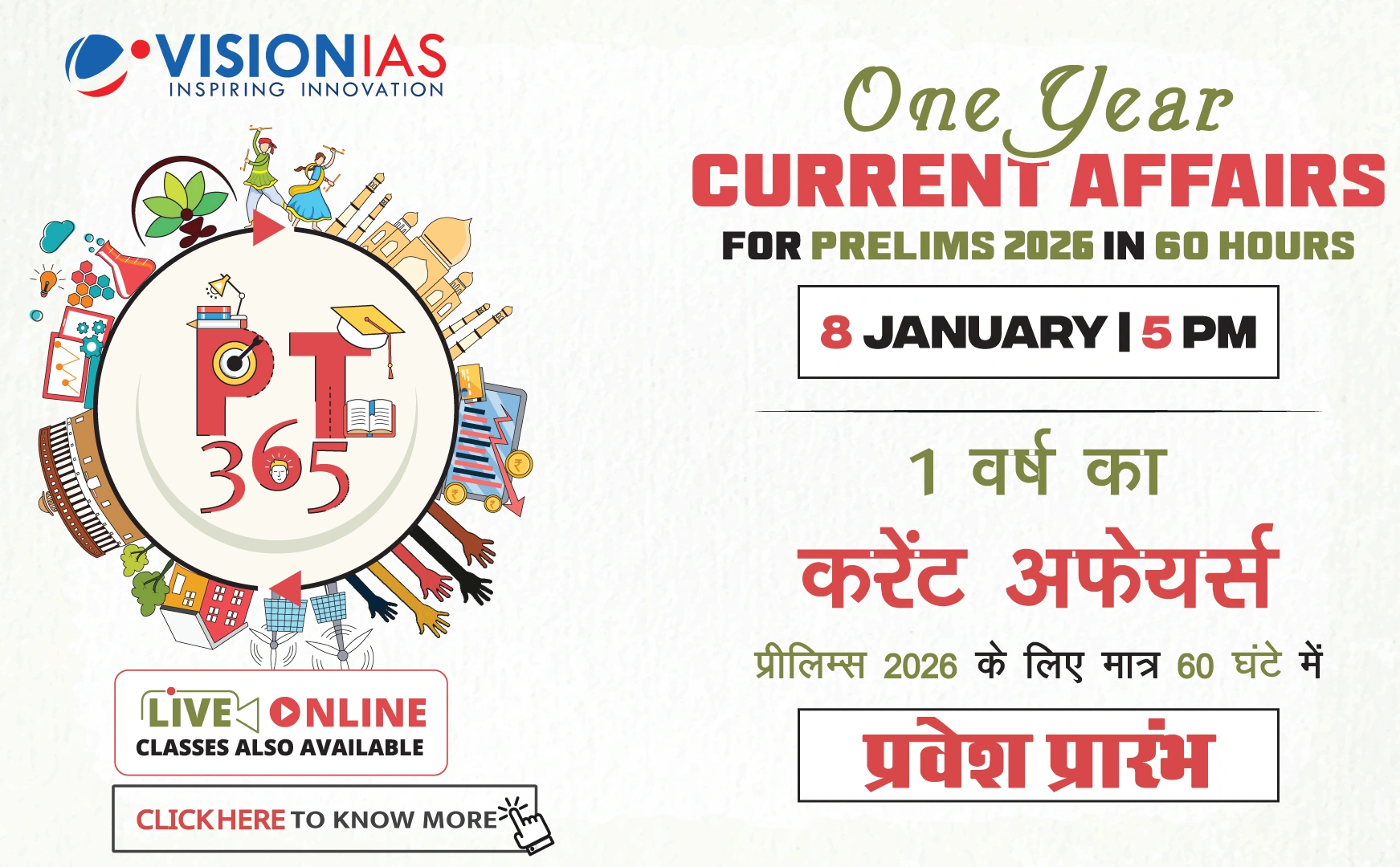Empowering Youth and Addressing Reproductive Health in India
The global population has surpassed eight billion, drawing attention to both macro and micro aspects, particularly vulnerable groups. The 1994 International Conference on Population and Development (ICPD) emphasized the right to informed choices about sexual and reproductive health, free from coercion, discrimination, and violence. The United Nations' theme for World Population Day this year is “Empowering young people to create the families they want in a fair and hopeful world.”
Youth Demographic in India
- India has the largest youth population globally, with 371 million individuals aged 15 to 29, as reported by UNICEF.
- Investment in education, skills, and access to health and family planning services can harness this demographic for economic growth, potentially increasing GDP by up to $1 trillion by 2030.
Challenges and Progress
- Despite initiatives like ‘Beti Bachao Beti Padhao’ and the National Adolescent Health Programme, challenges such as limited reproductive autonomy and gender inequality persist.
- Child marriage prevalence reduced from 46% in 2006 to 23.3% (National Family Health Survey-5, 2019-21).
- Teenage childbearing among women aged 15-19 is 7% nationally but higher in certain states.
- UNFPA's State of World Population Report 2025 highlights issues in reproductive autonomy, with 36% experiencing unintended pregnancies and 30% facing unmet reproductive goals.
Comprehensive Strategies for Empowerment
A multi-faceted approach is necessary, focusing on education, access to contraception, nutrition, mental health support, and community empowerment.
- Project Udaan: Implemented in Rajasthan, it utilized government scholarships to prevent child marriages and teenage pregnancies by keeping girls in school. It prevented 30,000 child marriages and 15,000 teenage pregnancies.
- Advika Programme: Launched in Odisha with the UNICEF-UNFPA partnership, it focuses on child marriage prevention through education, skill development, and empowering 11,000 villages to be declared child marriage-free.
Economic Empowerment and Independence
- Project Manzil: In collaboration with the Government of Rajasthan, this project aligns skill training with young women's aspirations, leading to employment for 16,000 young women, thus empowering them economically and socially.
Investments and Future Directions
- The State of World Population 2025 report emphasizes rights-based, multi-sector investments, universal access to contraception, safe abortion, maternal health, and life-skills development.
- Programmes like Udaan, Advika, and Manzil illustrate the benefits of such investments in improving youth futures.
The UN Secretary-General highlights the potential of the largest-ever youth generation to shape their futures. India's success in its development journey hinges on understanding youth aspirations and enabling opportunities, especially for young women.



